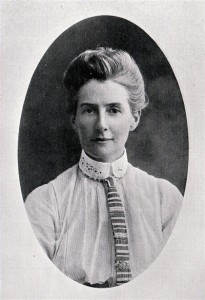
William Haigh Seaton was born in Grimsby, England the eldest son of Kemp and Jane Seaton.
He had emigrated to New Zealand with his parents and brother James in 1912. The family set up home in Devonport and at the outbreak of war William was employed as an engineer working for the Union Company in Auckland. William enlisted in November 1915 and embarked with the Auckland Infantry Battalion on 4 March 1916. He marched into camp at Etaples, France on 24 April 1916. At the end of July 1917 he was granted 10 days leave to the UK. By this time his younger brother James had enlisted and embarked from Auckland earlier during the month of July.
Sadly the two brothers were not reunited in the UK as James disembarked in Plymouth on 24 September 1917 and William by then was already back at the Front. Tragically William was killed in action on 4 October 1917 at the Battle of Broodseinde. He was 27 years old.
James finally marched into camp at Etaples on 28 October 1917, this must have been a difficult time for him knowing that only weeks earlier his brother had been killed in action. Even harder would have been the fact that William's body was never recovered so James had no grave to visit.
William is remembered along with the hundreds of other New Zealanders who lost their lives in Belgium during October 1917 and have no known grave on the Tyne Cot Memorial, Belgium.








